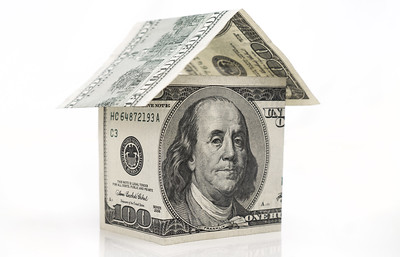Earlier today, the Washington Post printed an analysis of how people have spent their money over the last 50 years. Using data from the Bureau of Labor Statistics’ Consumer Expenditure Survey, the most striking increase in consumer expenditures was the cost of housing. In 1972, American consumers spent on average 18% of their income on housing. By 2022, housing costs consumed about 27% of household income.
Housing costs have risen steadily in part because of a chronic housing shortage. The root causes can be traced back to increased cost of materials, land, labor, financing, and compliance. Virtually all aspects of the cost of building a house has risen faster than the rate of inflation, which reduces the number of homes that builders can build and buyers can buy.
Homeownership has some distinct advantages. The cost of owning a home is largely predictable over the financing period. Based on the housing market, entry costs can decrease, but buyers know how much their housing costs will be, or how much they can rise over time. Following the Great Recession, the cost of homeownership decreased because there was a temporary increase in the supply of unoccupied homes.
Renters don’t have the luxury of predictable housing costs, except in the short term. They know how much their living space will cost for the duration of their leases, but once a lease expires, the landlord will either reprice the space, or move the tenant to a month-to-month agreement. Typically, the tenant can also sign another lease to lock in their costs for another year but over the long term, rents have simply risen.
WCC grads should be able to afford housing locally
Collectively, American households are approaching a “magic number” related to their housing costs. By definition, people who spend more than 30% of their income on housing costs are considered “burdened.” At a 27% average housing expenditure for all American households, burdened households are quickly becoming the norm.
In Ypsilanti, if people spent 27% of their household income on housing, that would be about $950 per month. At today’s rates, that’s a monthly mortgage payment of around $2,000. If we used the average household income in Ypsilanti – about $61,000 – 27% of the household income would allow a monthly mortgage payment of about $1,375. Better, but still not enough to buy most available housing in Ypsilanti.
One strategy that could put more people into homes is increasing their annual income. In Washtenaw County, this would be a good job for WCC, if only it offered programs that enabled people to make enough money to live here. Higher household income would also pull people in the community away from that “burdened ” classification that American homeowners are inching toward.
Honestly, the entirety of Washtenaw County needs a better response to reality from the WCC administration and its Board of Trustees. We pay an awful lot every year to support WCC. Exactly what are we getting in return?
Photo Credit: CheapFullCoverageAutoInsurance.com, via Flickr



















